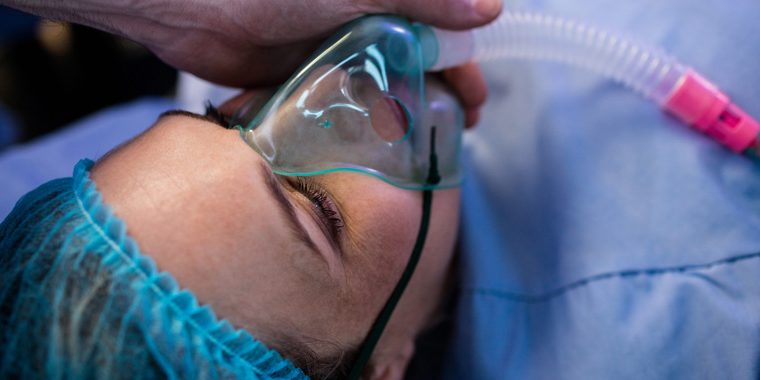With a surge with COVID – 19 patients, especially in private hospitals, a sense of caution flew across the nation’s healthcare community, to prepare for the challenges associated with rapid diagnosis, isolation, clinical management and infection prevention of the virus.
The clinical spectrum of the repercussionsof COVID – 19 range from mild to acute respiratory disorders, pain or pressure in chest and organ failure; making critical care an intrinsic element in healthcare delivery.
Intensive care advances account for thorough understanding of the epidemiology, ventilator management, prevention of further transmission, staff training & education and safeguarding oneself remain major challenges inside an intensive care unit.
Further surge in cases have not only dictated a need for a streamlinedprocess workflow, but also a requirement of ICU practitioners, hospital administrators, governments, and policy makers to prepare for increase in critical care bed capacities and supplies. Furthermore,the healthcare community saw a need for vital monitoring systems, infusion & syringe pumps & High-flow Oxygen Therapy that have aided in delivering quality healthcare with even with limited resources and personnel.
Processes for quick and rapid identification and isolation of COVID-19 patients have been put in place. Patients confirmed or suspected of carrying the virus are rapidly moved to ICU beds where a trained, equipped and capable team of medical professionals are ready at their immediate service.
In the event when an overwhelming number of patients develop respiratory failure, post-anaesthesia care unit beds, emergency department critical care beds, and monitored beds can be used to create additional ICU beds – where one can gain from the advantage of facilities for oxygen, suction, and monitoring.
If ventilation is needed for two adjacent patients and only one oxygen port is available, either an oxygen cylinder can be used or a single oxygen supply can be converted to dual by using the “Y” connector at the outlet.
While home NIVs and high flow nasal cannula (HFNC) devices can be used for patients with mild severity of the virus, non-invasive ventilators can be used for recovering patients so that high-performance ICU ventilators can be readily available for sicker patients in time of emergencies.
Ventilator systems are electronically controlled by a small embedded system to allow required adaptation of pressure and flow characteristics based on the needs of a patient. Fine-tuned ventilator settings also serve to make ventilation more tolerable and comfortable for the patient.
Turbine based Ventilators on the other hand, are lightweight, movable and fully functional in demanding hospital environments with little maintenance. They provide long-term support for patients who do not require complex critical care ventilators. Typically, these portable ventilators drive air into the breathing circuit with a motor-driven piston or a turbine.
Among other plans of action, every hospital must review and test their ICU emergency response plan and infection control policies, identify ICU capacities and arrive at ideas to sustain mechanical ventilation outside of an ICU, and work on alternative strategies in the event of a surge in cases or infections among ICU staff.

